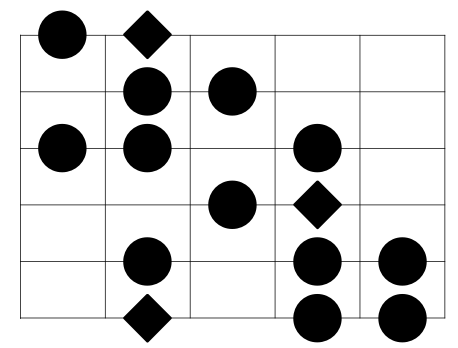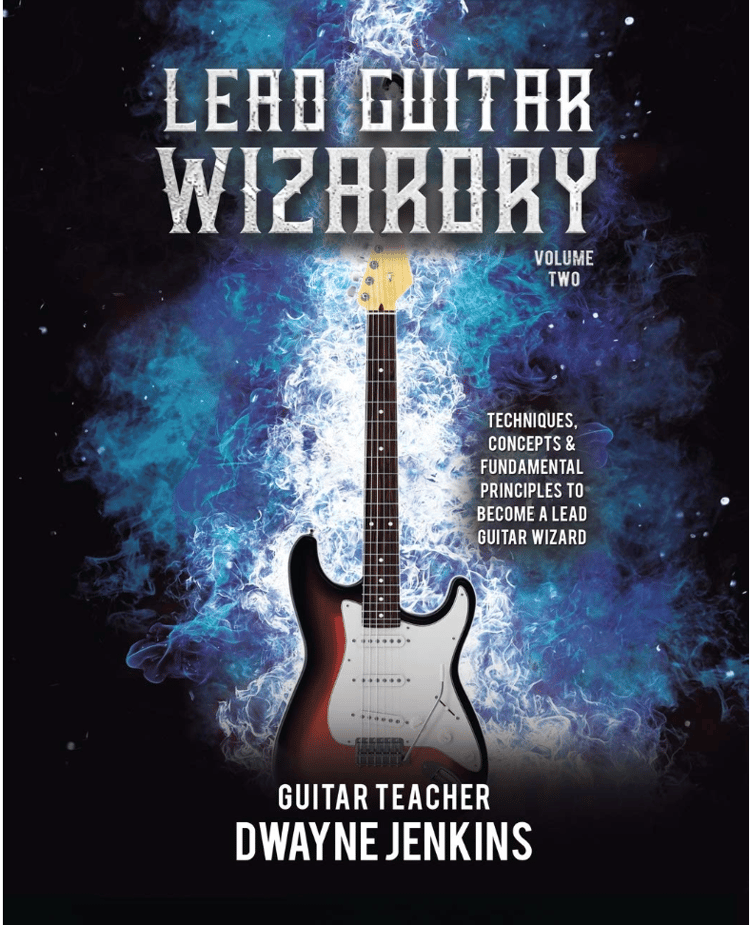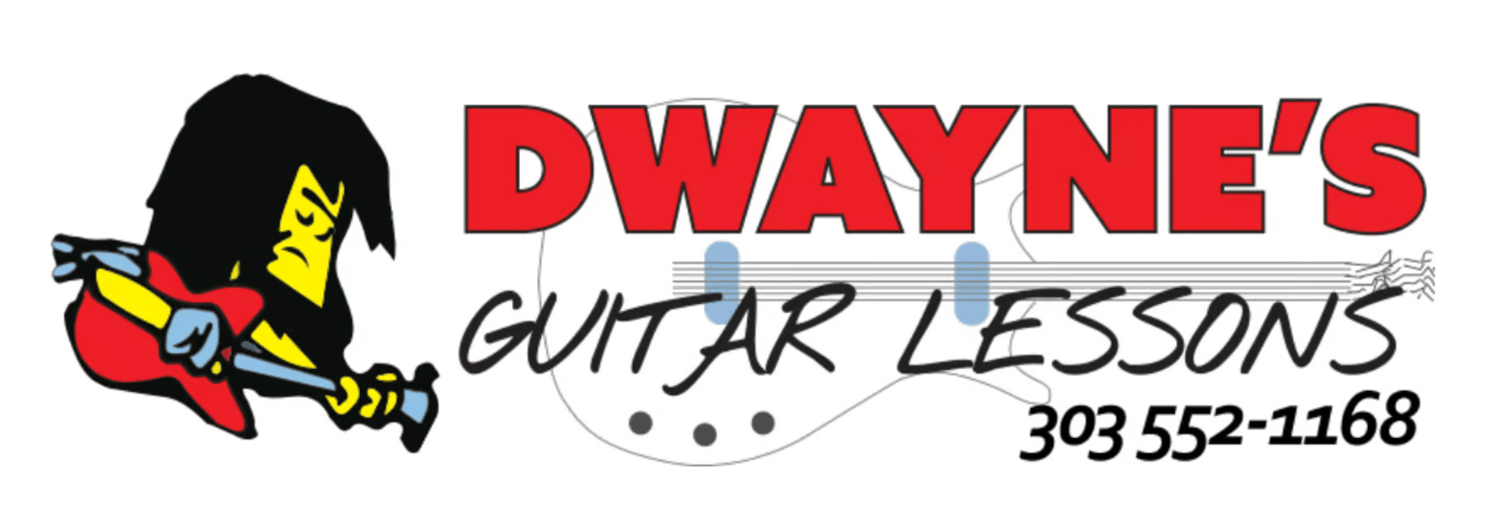The harmonic minor scale is a captivating selection of notes often used in multiple music genres, including Classical, Jazz & Metal. It is known for its distinct, exotic sound, characterized by its raised, or sharpened, 7th note, which creates a leading tone effect.
It is for this reason that the harmonic minor scale is a great choice for creating riffs, solos, and melody lines. In today's lesson, we will explore mastering guitar licks using the harmonic minor scale and expand our knowledge of the fretboard.
Understanding The Harmonic Minor Scale
Before we dive into guitar licks that can take our guitar playing to an exotic place, it is essential to understand the sequence of notes that make up the harmonic minor scale. As I mentioned earlier, this scale features a raised or sharpened 7th note and is derived from the natural minor.
- A Natura Minor: A B C D E F G
- A Harmonic Minor Scale: A B C D E F G#
Notice how the harmonic minor scale is the same as the natural minor except for the fact that we raise or sharpen the 7th note. We turn the G into G#, and it is this small change in character that makes the difference in the tone quality of this scale.
Any natural minor you want to turn into a harmonic minor, you just raise or sharpen the 7th note. See how easy that is?
Now that we know the structure of the harmonic minor scale, let's look at how to create it, and how to create it, and a look at some guitar licks we can create to get the best out of this exotic selection of notes.
A Harmonic Minor Scale pattern
This is an example of how you can play the A minor harmonic scale pattern. Emphasising the exotic sound that the harmonic minor scale is known for, by using an ascending pattern that moves through all six strings.

In this example, you start with the 5th fret on the 6th string (the A note) and proceed through the scale along all six strings. Go through this guitar lick and listen to how it provides a nice exotic sound. Also, work your way back down the scale. Try this out in different places along the fretboard and get familiar with how it sounds. The diamond symbol represents the root of the scale.
Practice Tips:
- Focus on clearly fretting each note to produce clarity and the best sound possible.
- Practice both with a pick and your fingers to develop different tone textures.
- Experiment with dynamics to add expressiveness to your playing.
Guitar Licks within the scale:
Guitar Lick 1: A Harmonic Minor Arpeggio Sequence
This 1st guitar lick is an arpeggio-based lick that highlights the raised or sharpened 7th note and creates a dramatic flair. A very useful emotion to convey within your guitar playing. Remember, the reason why you want to learn these techniques is to have a variety of options to pull from.

In this example, you start on the 5th fret on the 6th string and work your way through the scale. But this time, you use the notes of the A minor chord. When you do this, you play what is called an arpeggio. This can be done with any chord. Since the harmonic minor scale is the natural minor with a raised 7th, the A minor chord resides within it.
Practice Tips:
- Pay attention to finger positioning for smooth transitions.
- Use alternative picking to create a smooth, fluid sound.
- Start slowly, and gradually increase speed.
Guitar Lick 2: A Harmonic Minor Descending Phrase
This lick uses a descending pattern to explore the scale's range and unique tonal qualities. By using additional notes within the scale as you descend along the strings, you bring out a different type of emotion than just using the notes of the A minor chord.

In this example, you use more notes within the scale. This allows you to get more out of it. Start once again at the 5th fret on the 6th string and proceed along each string. Except, this time you play three notes per string, except string two. This allows you to create a different type of sound and emotion.
Practice Tips:
- Focus on the timing and rhythm of each note for maximum efficiency.
- Use lagato techniques such as hammer-ons and pull-offs for a smooth sound.
- Explore different tempos to find the feel that best suits your playing style.
These guitar licks are a great starting point for exploring the harmonic minor scale and putting it into your guitar playing. Practice them daily, and don't be afraid to modify them with ideas of your own. Mix and match different techniques such as slides, bends, and vibrato.
Enjoy the journey of exploring the rich and exotic sounds of the harmonic minor scale. Compare them to other minor scales that you might know, like the minor pentatonic scale. As you continue to practice this scale, you will get used to the way it sounds, and it will fuel your creativity in using it.
Dive Deeper:
If you would like to dive deeper into how this scale and others can help take your guitar playing to the next level, I recommend you check out the book I authored called Lead Guitar Wizardry Volume 2.

Lead Guitar Wizardry Volume 2 is Jam-packed with simple diagrams and clear explanations. This training manual lets you practice at a pace that’s right for you. You’ll learn the secret formulas and techniques that provide the foundation of rock guitar as if you were taking private lessons with this basic course.
You’ll learn:
1. How to play your own guitar solo that you create yourself (your friends will be cheering for more)
2. The lead guitar solo techniques of musical greats that you commonly hear in songs
3. The modern step-by-step method to pick up axe skills faster than you thought possible.
From finger exercises to scales and basic music theory, this is the how-to guide to help anyone who’s dedicated enough to put in the effort to learn the sacred art of lead guitar. If so, this book is for you. Written in a simple step-by-step format that is easy to understand and learn from. Even if you have no prior music training.
All you need is the desire to learn and the dedicated effort to practice. With this book and those two things, you can take your guitar playing to the next level. And if you have any questions about the lessons, I'm just an email away.
This book and all other books that I have authored on playing guitar can be found on my website, Amazon, or wherever books are sold. So, check out the book, and unlock your full potential.
Thanks for your time learning today,
And good luck with your guitar playing.
Sincerely, Dwayne Jenkins


